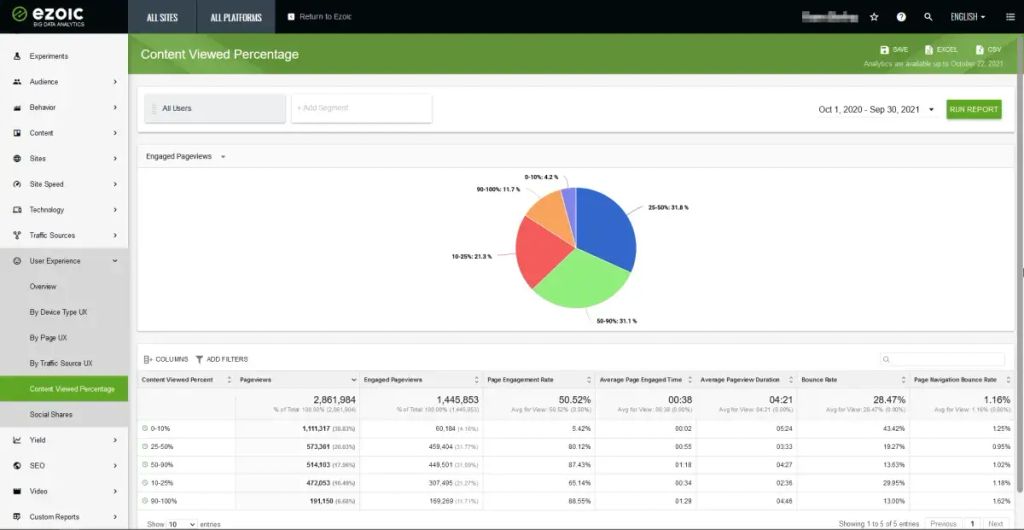
In today's fast-paced and competitive business landscape, email automation has become an essential tool for start-ups. By automating various aspects of email marketing, start-ups can save time, increase efficiency, and improve customer engagement. In this article, we will explore the importance of email automation in start-ups and discuss key strategies for creating effective email campaigns, optimizing email delivery and open rates, and automating customer onboarding and engagement.

Email automation offers numerous benefits for start-ups. One of the key advantages is the ability to save time and resources. By automating repetitive tasks such as sending welcome emails or follow-up messages, start-ups can focus on more important aspects of their business. Personalization is another significant benefit of email automation. Start-ups can tailor their emails to individual recipients, increasing engagement and conversion rates. Additionally, email automation allows for timely and consistent communication with customers, ensuring that important messages are delivered at the right time.
Implementing email automation in a start-up can be a challenging task. There are several factors that can make the process difficult and time-consuming. One of the main challenges is integrating the email automation platform with existing systems and databases. This requires technical expertise and coordination between different teams.
Another challenge is ensuring that the automated emails are personalized and relevant to each recipient. Generic and impersonal emails can lead to low engagement and unsubscribes. It is important to segment the email list and create targeted content based on the recipient's preferences and behavior.
Additionally, maintaining the email automation system can be a challenge. Regular updates and monitoring are necessary to ensure that the system is functioning properly and delivering emails effectively. Technical issues and glitches can occur, which may require troubleshooting and fixing.
To overcome these challenges, it is important to choose the right email automation platform that meets the specific needs of the start-up. Conducting thorough research and considering factors such as ease of use, scalability, and customer support can help in making an informed decision.
When it comes to choosing the right email automation platform for your start-up, there are several factors to consider. Integration with your existing systems and tools is crucial to ensure a seamless workflow. Look for a platform that offers customization options, allowing you to tailor your email campaigns to your specific needs. Additionally, consider the scalability of the platform, as your start-up grows, you'll want a solution that can handle increased email volumes.
Another important factor to consider is the deliverability of the platform. Make sure the platform has a good reputation for delivering emails to the inbox and not getting flagged as spam. You can also check if the platform offers analytics and reporting features, which can provide valuable insights into the performance of your email campaigns.
Lastly, don't forget to consider the cost of the platform. Look for a solution that offers a pricing model that aligns with your budget and offers the features you need.

Defining your target audience is a crucial step in creating effective email campaigns. By understanding who your audience is, you can tailor your email content to their specific needs and interests. This will help you increase engagement and conversion rates. Here are some key considerations when defining your target audience:
Remember, the more specific and targeted your audience is, the more effective your email campaigns will be.
Crafting compelling email content is crucial for engaging your audience and driving conversions. When creating your email campaigns, it's important to consider the following:
When it comes to designing eye-catching email templates, it's important to consider the visual appeal and readability of your emails. Bold formatting can be used to highlight important keywords or phrases, drawing the reader's attention to key points. Italics can be used for subtle emphasis, adding a touch of emphasis to certain words or phrases.
In addition to formatting, you can also consider using a Markdown table to present structured, quantitative data. A table can help organize information in a clear and concise manner, making it easier for readers to understand and digest.
Alternatively, if you have less structured content such as steps, qualitative points, or a series of related items, you can use a bulleted or numbered list. Lists can help break down information into digestible chunks, making it easier for readers to follow along.
Lastly, it's important to keep in mind some important tips and advice when designing email templates. As a best practice, make sure your emails are mobile-friendly, as many people now access their emails on mobile devices. Additionally, consider using a responsive design that adapts to different screen sizes. This ensures that your emails look great on any device, providing a seamless user experience.
Remember, the goal of designing eye-catching email templates is to capture the reader's attention and encourage them to take action. By following these tips and best practices, you can create visually appealing and engaging emails that drive results.

Segmenting your email list is a crucial step in email automation. By dividing your subscribers into smaller, targeted groups based on specific criteria, you can personalize your email messages and deliver more relevant content. This not only improves the effectiveness of your email campaigns but also enhances the overall customer experience. Here are some strategies for effective email list segmentation:
Personalizing email messages is a crucial aspect of effective email marketing. By tailoring your messages to the individual recipient, you can increase engagement and drive conversions. One way to personalize emails is by using dynamic content, which allows you to insert personalized information such as the recipient's name or location. Another strategy is to segment your email list based on specific criteria, such as demographics or past purchase behavior, and send targeted messages to each segment. This ensures that your emails are relevant and resonate with your audience.
Once you have implemented your email campaigns, it is crucial to test and analyze their performance to ensure optimal results. Testing allows you to identify any issues or areas for improvement, while analysis provides valuable insights into the effectiveness of your emails. Here are some key steps to consider for testing and analyzing email performance:

When it comes to onboarding new customers, a welcome email series is a crucial tool. It allows you to make a great first impression and set the tone for your relationship with the customer. Personalization is key in these emails, as it helps to create a sense of connection and relevance. By addressing the customer by name and including information that is specific to their interests or needs, you can make them feel valued and engaged.
A welcome email series typically consists of multiple emails that are sent out over a period of time. Each email serves a specific purpose and provides valuable information or resources to the customer. Here is an example of a welcome email series:
Remember, the goal of a welcome email series is to make the customer feel welcomed, informed, and supported. It is an opportunity to build trust and establish a positive relationship with your customers.
Automated follow-up emails are a powerful tool for nurturing leads and increasing conversion rates. After a potential customer has shown interest in your product or service, it's important to stay engaged and provide them with relevant information. By setting up automated follow-up emails, you can ensure that no lead falls through the cracks.
Benefits of Triggering Automated Follow-Up Emails:
Remember to strike a balance between being informative and not overwhelming your leads with too many emails. Keep the content concise and relevant to their needs.
Implementing drip campaigns can be a highly effective strategy for nurturing leads and engaging with customers. A drip campaign is a series of automated emails that are sent out over a specific period of time, with each email building on the previous one. This allows you to deliver targeted and personalized content to your audience, keeping them engaged and moving them through the customer journey.
In conclusion, the implementation of email automation AI in start-ups has proven to be a game-changer. By automating repetitive tasks and personalizing communication, start-ups can save time and resources while improving customer engagement. With the ability to analyze data and make intelligent decisions, email automation AI empowers start-ups to deliver targeted and relevant content to their audience. As technology continues to advance, the potential for email automation AI to revolutionize start-up communication is limitless. Start-ups that embrace this technology will have a competitive edge in today's fast-paced business landscape.
Email automation refers to the process of automatically sending targeted and personalized emails to subscribers or customers based on specific triggers or predefined actions.
Email automation is important for start-ups as it allows them to streamline their communication, save time, and deliver personalized messages to their audience, resulting in improved customer engagement and increased conversions.
The benefits of email automation include increased efficiency, improved customer engagement, personalized communication, better targeting, increased conversions, and time savings.
Some challenges in implementing email automation include data management and integration, content creation, email deliverability, technical setup, and maintaining a consistent email strategy.
When choosing an email automation platform, consider factors such as ease of use, features and functionality, integration capabilities, scalability, pricing, customer support, and user reviews.
Customer onboarding refers to the process of guiding new customers to get started with a product or service, helping them understand its value and features, and ensuring a smooth transition into becoming active users.